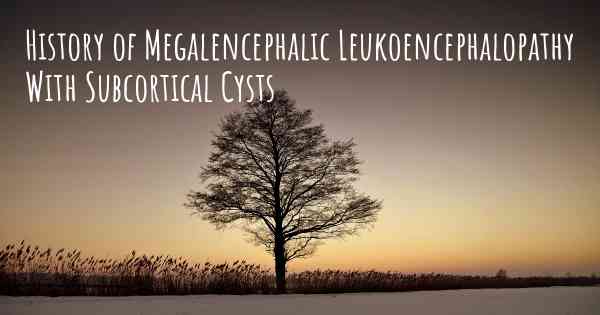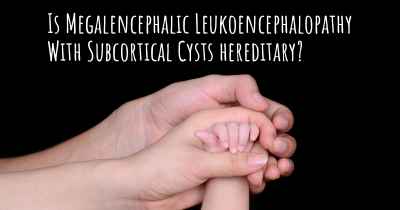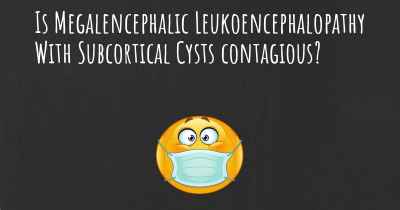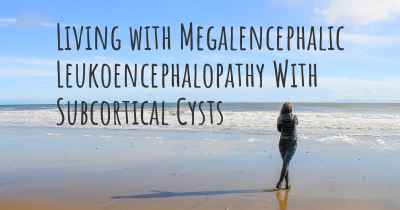What is the history of Megalencephalic Leukoencephalopathy With Subcortical Cysts?
When was Megalencephalic Leukoencephalopathy With Subcortical Cysts discovered? What is the story of this discovery? Was it coincidence or not?

Megalencephalic leukoencephalopathy with subcortical cysts (MLC) is a rare genetic disorder that affects the brain and nervous system. It was first described in the medical literature in 1995 by van der Knaap and colleagues. MLC is characterized by the presence of large brain size (megalencephaly), abnormal white matter in the brain (leukoencephalopathy), and fluid-filled cavities in the brain called subcortical cysts.
The exact prevalence of MLC is unknown, but it is considered to be a very rare condition. It has been reported in various populations around the world, including Europe, North America, and Asia. MLC is an autosomal recessive disorder, which means that both parents must carry a copy of the mutated gene for their child to be affected.
The symptoms of MLC typically appear in early childhood, usually between the ages of 1 and 3 years. The most common initial symptom is a delay in motor development, such as delayed walking or difficulty with coordination. As the disease progresses, affected individuals may develop muscle stiffness (spasticity), muscle weakness, and difficulty with balance and coordination. Some individuals may also experience seizures.
The characteristic brain abnormalities seen in MLC can be visualized using magnetic resonance imaging (MRI). MRI scans typically show enlarged brain size, abnormal white matter with increased signal intensity, and the presence of subcortical cysts. These cysts are fluid-filled cavities that can be found in various regions of the brain.
The underlying cause of MLC is mutations in either the MLC1 or the MLC2A gene. These genes provide instructions for making proteins that are involved in the maintenance and function of brain cells. Mutations in these genes disrupt the normal functioning of brain cells, leading to the characteristic features of MLC.
There is currently no cure for MLC, and treatment focuses on managing the symptoms and providing supportive care. Physical therapy and occupational therapy can help improve motor skills and maintain mobility. Medications may be prescribed to manage seizures and muscle stiffness. Regular monitoring and follow-up with a team of healthcare professionals, including neurologists and geneticists, is important to ensure appropriate management of the condition.
Research is ongoing to better understand the underlying mechanisms of MLC and develop potential treatments. Scientists are investigating gene therapy approaches and exploring the role of specific proteins in the disease process. Additionally, efforts are being made to improve genetic counseling and prenatal testing for families at risk of having a child with MLC.
In conclusion, megalencephalic leukoencephalopathy with subcortical cysts is a rare genetic disorder characterized by enlarged brain size, abnormal white matter, and subcortical cysts. It typically presents in early childhood and is caused by mutations in the MLC1 or MLC2A gene. While there is currently no cure, supportive care and symptom management can help improve the quality of life for individuals with MLC. Ongoing research aims to further understand the disease and develop potential treatments.








